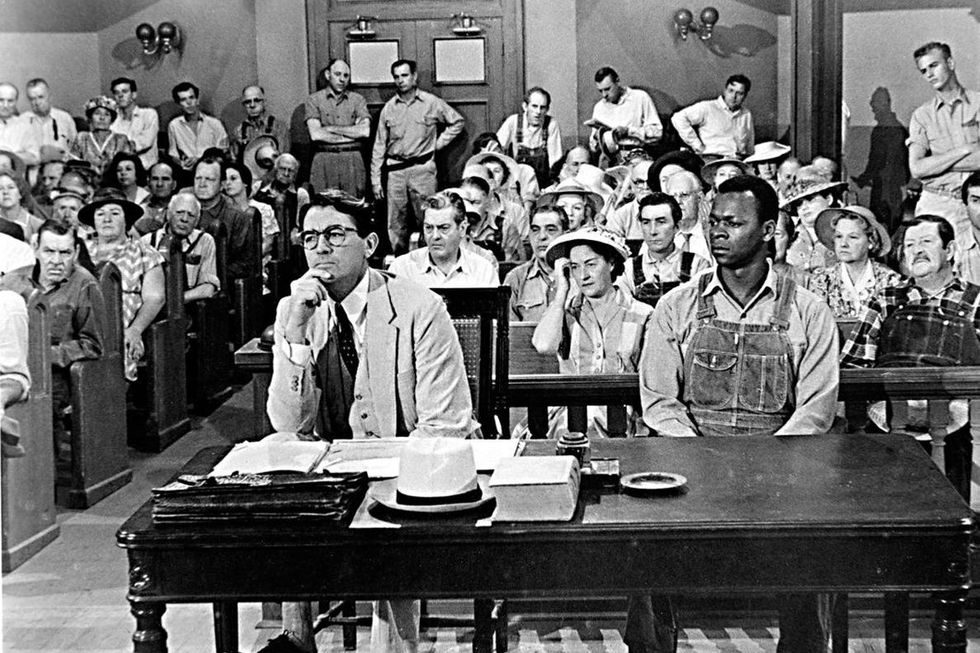
While researching some storytelling techniques, I came across a way to outline your idea that I had never heard of before: the Fichtean Curve.
I dug deep into this new way of looking at story structure, and I want to go over with you.
This article delves into the Fichtean Curve, exploring its definition, application in movies, and the reasons why it resonates so powerfully with filmmakers. By examining this narrative structure, we gain insights into how filmmakers craft engaging and dynamic stories that keep audiences on the edge of their seats.
Let’s get started.
What’s the Fichtean Curve in Writing?
The Fichtean Curve is a narrative structure characterized by escalating conflicts leading to a climax and subsequent resolution.
This structure forgoes a traditional introduction, starting instead with an inciting incident that thrusts the protagonist into crisis. It comprises three elements: rising action, climax, and falling action.
The rising action is the most significant part, accounting for most of the story, while the climax typically occurs around 70% into the narrative. This structure is particularly popular in genres like action, adventure, mystery, and pulp fiction, as it creates ongoing tension and suspense
Examples of the Fichtean Curve

There are lots of examples of the Fichtean curve across film and TV. I think they wind up lending themselves to mysteries and other thrilling genres like action movies, but that’s just at my quick glance.
Check out these examples below.
- The ABC Murders (Poirot series): The narrative begins with the detective receiving a letter foreshadowing a murder, diving directly into the action.
- Death on the Nile: This film illustrates the rising action through a series of crises and escalating challenges faced by the protagonist, Hercule Poirot. The climax is marked by a significant plot twist, where Salome Otterbourne is shot as she is about to reveal the murderer’s identity.
- Other films such as Mission: Impossible, World War Z, and even To Kill A Mockingbird also employ the Fichtean Curve structure.
Why Filmmakers use the Fichtean Curve

- Immediate Engagement: By starting with an inciting incident, the audience is drawn into the story from the beginning.
- Sustained Tension: The gradual build-up of crises keeps the audience engaged and creates a suspenseful atmosphere.
- Emotional Journey: The progression of tension and emotion leading to the climax and resolution offers a compelling emotional journey for the audience.
- Efficient Storytelling: This structure allows for a concise narrative, as it eliminates lengthy setups and focuses on the core action and conflict.
- Versatility: Though particularly favored in action and mystery genres, the Fichtean Curve can be adapted to various storytelling styles and genres.
The Fichtean Curve is more than just a storytelling technique; it’s a powerful tool that filmmakers use to create tension, engage audiences, and deliver satisfying narratives.
It’s clear that understanding and utilizing this narrative structure is crucial for any storyteller aiming to captivate and thrill their audience from start to finish.
Let me know what you think in the comments.
Author: Jason Hellerman
This article comes from No Film School and can be read on the original site.
